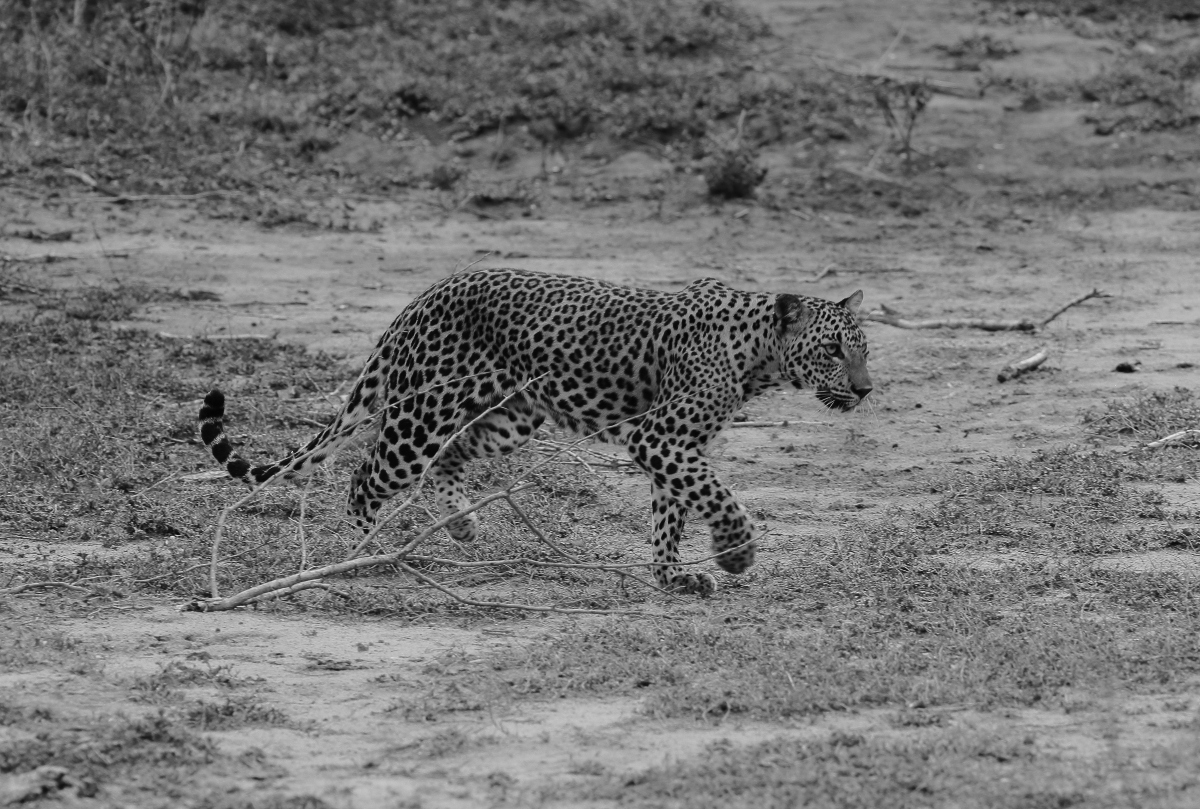Sri Lanka’s wildlife is indeed commendable. A large variety of mammals, birds, reptiles and amphibians can be found at more than 25 national parks across the country. Yala National Park, Minneriya National Park, Wilpattu National Park and Kaudulla National Park are just a few of the more popular ones where you can see Asian elephants, buffalo, leopards, deer, crocodiles and more.
The best way to spot these animals is arrange a game drive on a jeep safari, which can be done any day of the year. A driver cum guide will pick you up from your hotel in a jeep and tour you around the park and he will also help with spotting and identifying different animal species.
Take a break from everyday life and experience a unique encounter with wildlife and the natural beauty of Sri Lanka. Capture your memories with a binoculars and camera, but make your visit more fulfilling by being cautious and mindful of your impact on the surroundings. Here are a few dos and don’ts that should be followed when you visit National Parks in Sri Lanka. Adhering to these travel tips and regulations will make your visit a fruitful one, while ensuring the safety and wellbeing of animals, their natural habitats, as well as other visitors.
Dos
- Advanced planning
Once you’ve decided which dates you are travelling to Sri Lanka, check which National Park is best to visit during that period for the greatest number of animal spotting. Also find out if the morning or evening game drives are better at that particular park. It is also a good idea to choose your accommodation close to the National Park for your convenience, especially if you plan on going for more than one jeep safari. Advance booking for entrance tickets can also be done online so you don’t have to spend time waiting in queue once you get there.
- Be prepared
Do some research on the National Parks you are planning to visit in Sri Lanka. Know which animal species you are most likely going to spot and what other features highlight the park. Other essential information regarding opening hours, rules and regulations, emergency procedures, and so on is worth being aware of.
Apart from research, you also must be prepared with suitable, comfortable and casual clothing for your visit to the National Park. Have a water bottle, binoculars, camera, and sunscreen with you. Also, make sure your phone is in your backpack and not in your trouser pocket as it could easily fall off during the bumpy ride.
- Bring a camera and binoculars
For best experiences, a camera and binoculars are a must. Animals are hard to spot in their natural habitat, and making them visible from far is difficult. Also, you are not allowed to get off the vehicle and move towards them so with a binocular in hand, these concerns can be put to rest, and you’d not be missing out on anything. Spot the animals with a binocular, and then grab your camera to zoom in and capture memories!
- Pay attention to your guide
The guide’s main objective is to provide visitors with unmatchable experiences so that they would visit again and recommend others to visit the same park. Therefore, listening to him while he points out where animals are, or instructs you not to make a sound, will only be beneficial for your unique experience and will keep you safe from animal attacks.
- Adhere to signboards and restrictions
Some of the National Parks in Sri Lanka allow visitors to enter in their own vehicles, and others do not. The park authorities will instruct you regarding rules and regulations using signboards throughout the park. It is your duty and responsibility to maintain specified speed limits and stay away from prohibited areas. The most important reason why these restrictions are in place is to ensure your own safety. So, if you choose to disobey, your life is at risk.
Don’ts
- Feed wild animals or get too close to them
Wild animals at a National Park should not be fed. This is dangerous for you because you are getting too close to them and they could attack while you give them food. Also, animals are accustomed to their cycle of food and outside food could cause conflicts between humans and animals. Just like humans, animals also need their own space. Interfering and invading that space is dangerous.
- Carry food
Not only should you refrain from feeding animals but should also not carry any food for yourself when you visit a National Park in Sri Lanka. Animals can smell food and this will attract them towards you, once again proving to be dangerous.
- Litter
As an etiquette of good practices, refrain from leaving garbage inside the park. As responsible humans, we should hold on to any disposables in our bags until we find an appropriate bin to throw it away. It is our duty to protect the environment that animals live in as well as keeping the park clean for other visitors to have a good impression too.
- Make loud noises
Silence and patience are two things that will almost guarantee an animal sighting. Loud noises such as humans talking and music playing will only scare animals away as they have very sensitive ears.
- Go into crowded areas
Don’t add to a gathering of vehicles in one area because this will ruin your experience of a safari in Sri Lanka. Also, the congestion will lead to animals moving away, hence your chances of a spotting will reduce.

